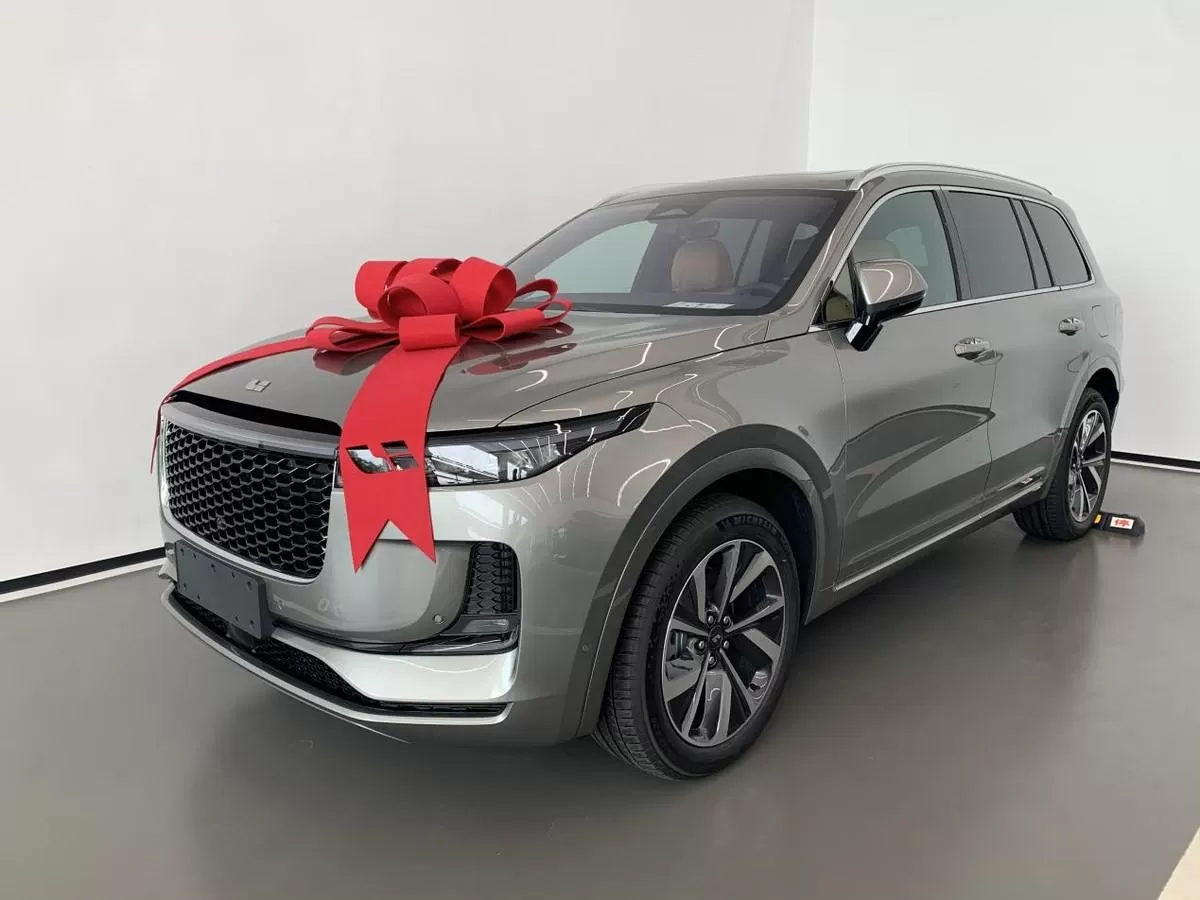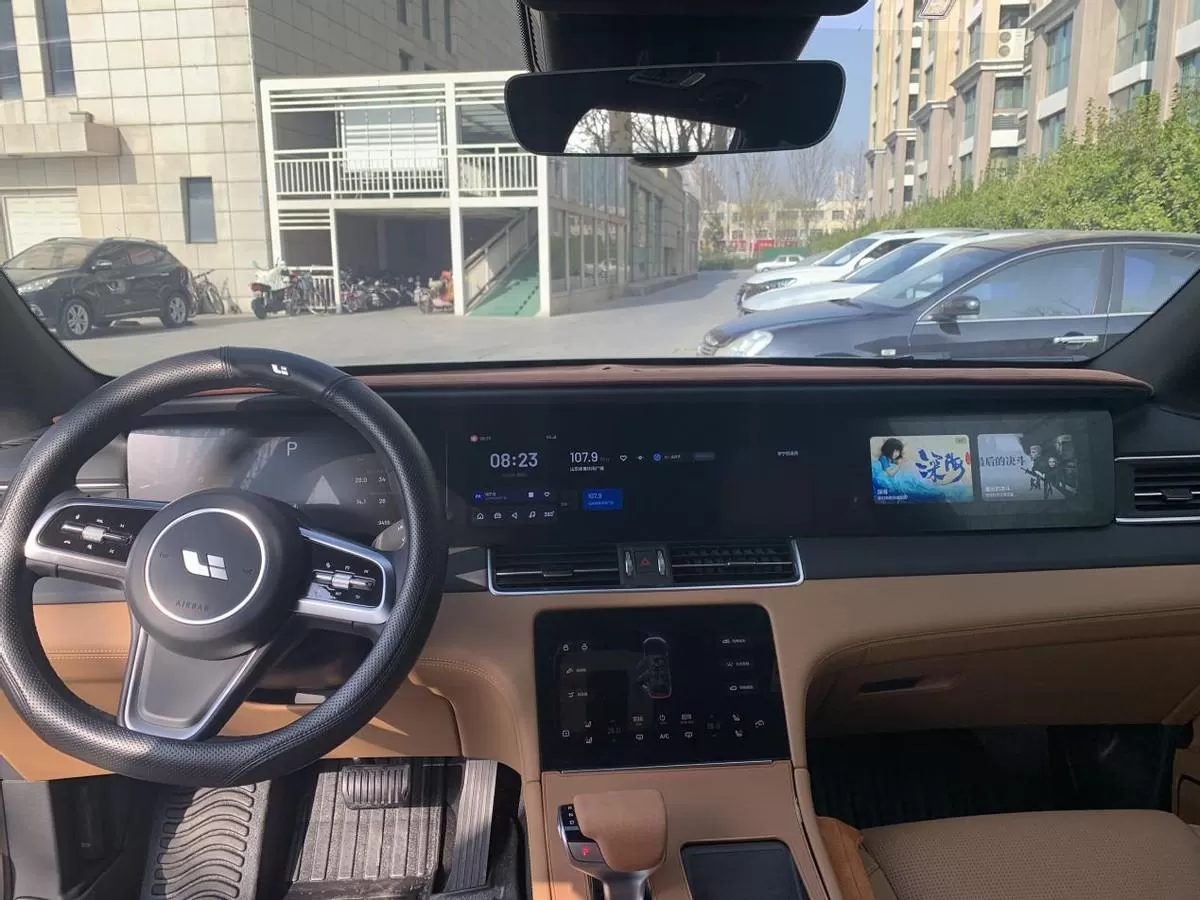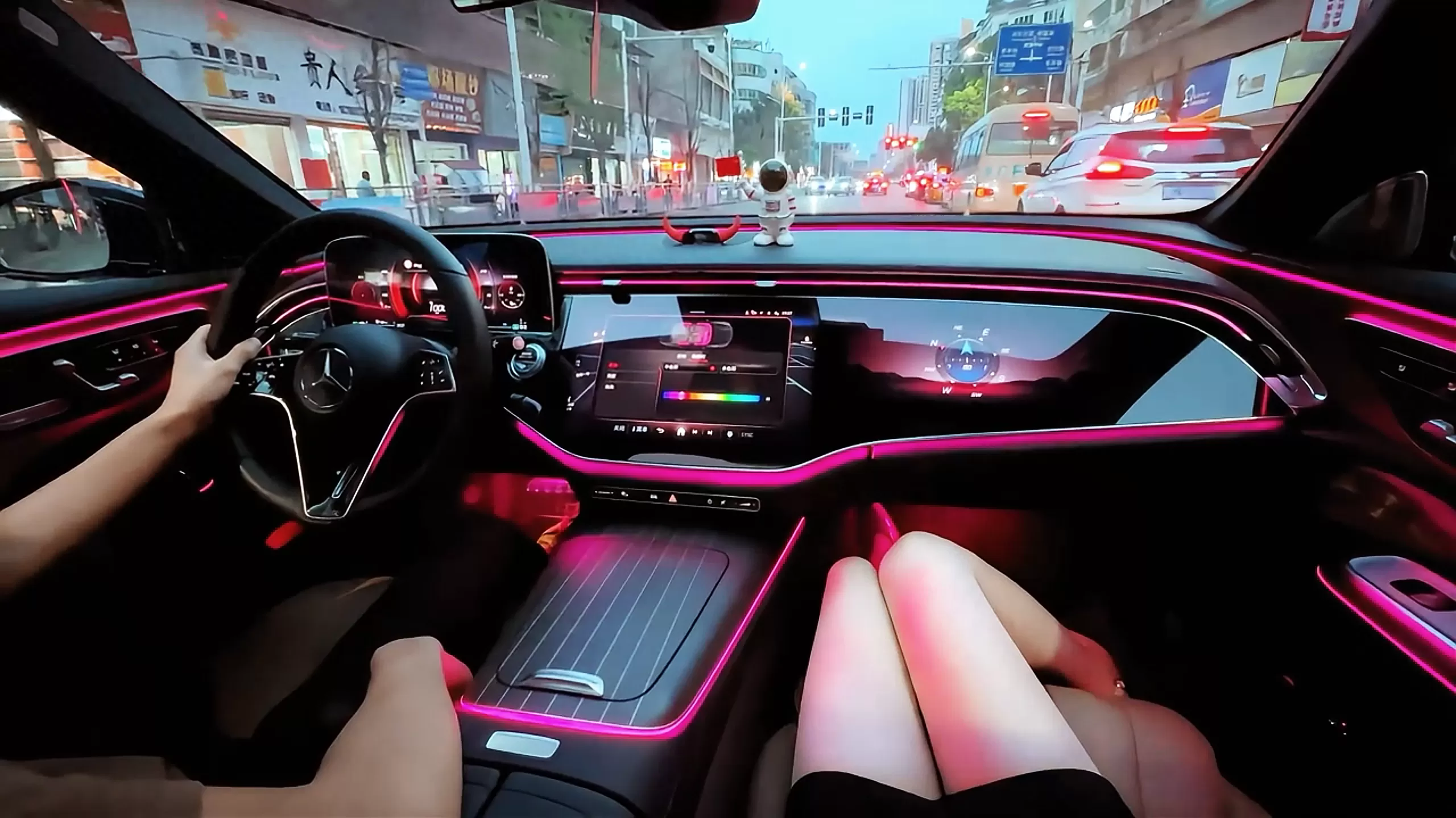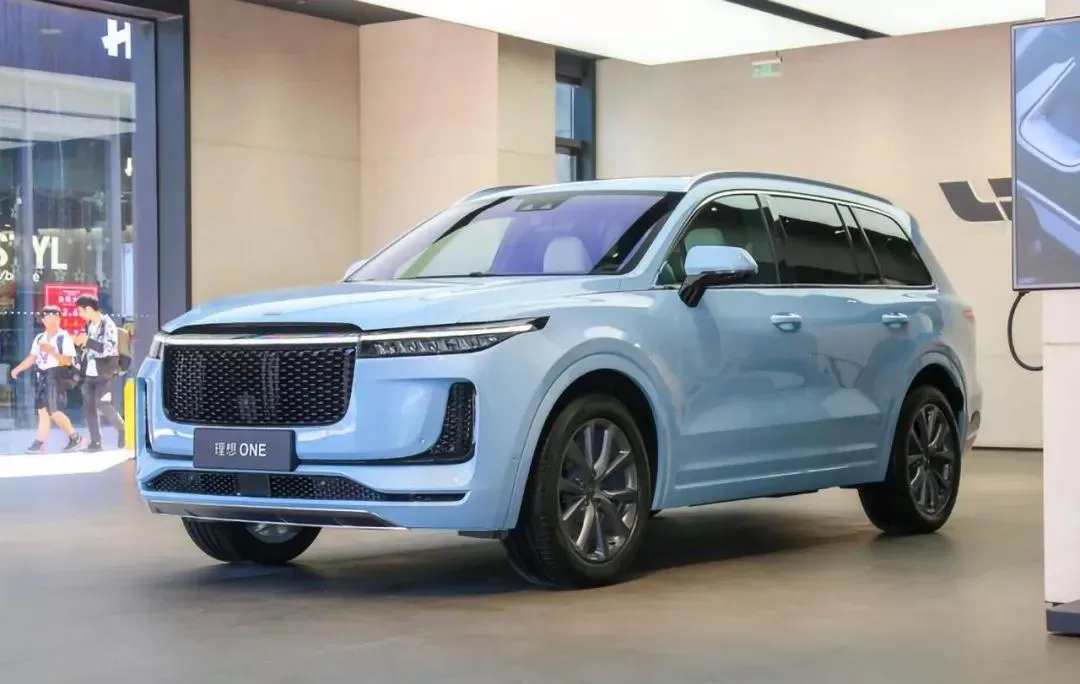A year ago, I was still on the fence about electric vehicles. One day, while riding an electric scooter with a colleague, we discussed when it might be the right time to buy an EV. He believed that once major energy companies began offering charging services, it would signal that the market was mature. About six months later, he bought a Honda Odyssey, while I opted for a Li Auto ONE.
I'll admit, this is a somewhat subjective piece, but it reflects my genuine experience as a Li Auto ONE owner. I purchased the car rather hastily, only to see the price drop by 20.000 RMB the very next day. The whole experience was frustrating, but I had no choice but to accept it. I told many friends that it’s a good car, and that I’d keep driving it for now.
Since I commute 60 kilometers every day, I’ve driven over 9.400 kilometers in the past six months. Here are 10 insights I've gathered about this car—both the "ideal" and the "less-than-ideal" aspects.

1. Spacious Interior—Ideal for Long Trips.
With a body length of 5.030mm and a wheelbase of 2.935mm, the interior space is impressive, offering the comfort of a mid-to-large SUV. This is especially noticeable on long trips; no matter which row you’re in, you can find a comfortable spot. The Nappa leather seats and the independent second-row space are also features I’m very satisfied with.
2. Smooth Ride, Ideal Handling.
Despite its hefty 2.3-ton weight, the ONE handles well. I frequently travel between cities, mostly on national and provincial highways with many large vehicles. The ONE maneuvers smoothly when overtaking or changing lanes, unhindered by its size. You could say it’s a "nimble giant"—though it’s not built for racing.
3. Appealing Exterior—Stable and Elegant.
Li Auto has put considerable effort into the design, appealing to today’s “looks-first” market. Whether a car sells well often depends not only on solid technology and reputation but also on its appearance and name. The ONE’s design leans towards a traditional gasoline vehicle style, with a square, imposing front grille, complemented by wraparound daytime running lights that add a modern, tech-savvy feel. Compared to the newer L series, the ONE has a more mechanical aesthetic. The L series is great too—kudos to the designers!
4. Minimalist, Elegant Interior—Ideal Car Controls.
In recent years, car interiors have trended towards large multi-screen setups. The ONE was an early adopter of this design, with each screen serving a specific function and being easy to use. Even a complete newbie can figure out the controls at a glance. However, occasional lag is unavoidable, especially right after startup or in cold winter weather. The L series has seen a major shift in dashboard design compared to the ONE, with a more asymmetrical, minimalist approach, while the ONE retains a more traditional gasoline car style.

5. Winter Range—Not Ideal.
This is partly my own issue since my 60-kilometer daily commute means I only need to charge the car every two days. But in winter, I have to charge it daily. The reason is that in cold weather, the range extender kicks in when there are about 50 kilometers of range left, running for about 10 kilometers before shutting off. As someone used to relying on electricity, I cringe at the thought of burning even a drop of fuel, so I opt for daily charging to avoid using gas. On a full charge, the ONE’s pure electric range is just over 100 kilometers, which varies depending on driving habits. Since I spend a lot of time on the highway, the range might be higher if driving in the city. The range is generally good in spring, with decent efficiency.
6. Trunk Space—Not Ideal.
While the interior space is generous, the trunk is less so. With all three rows of seats in use, the trunk space is only 302 liters. Folding down the third row increases the capacity to 1.066 liters. During this year’s Spring Festival trip home, after stowing a folding stroller, there wasn’t much room left for anything else due to the limited depth, and the tailgate needs some clearance to close. This is a common issue with 6-7 seat vehicles.
7. Convenient Bluetooth Key—But Sometimes Not Ideal.
The ONE’s Bluetooth key, integrated into the smartphone, makes things very convenient. It’s so handy that I’ve stopped carrying keys when driving my other gasoline car. However, the Bluetooth key isn’t always responsive and can sometimes fail. I’ve experienced instances where I repeatedly tried to lock the car when I meant to unlock it. Li Auto’s customer service advised keeping the app running to improve responsiveness. Overall, I’ve faced the awkward situation of being unable to open the car door.
8. Driving Experience After the Range Extender Engages—Not Ideal.
“There’s no comparison between driving on electric and on gas.” This saying holds true, especially for the Li Auto ONE. In pure electric mode, the car is smooth, quiet, and accelerates quickly, offering a premium driving experience. But in pure gasoline mode, the three-cylinder engine’s vibration and noise become apparent, especially in enclosed spaces like parking garages, where the noise is quite loud. This is why I prefer daily charging in winter to avoid using the range extender. I do envy L series owners who have four-cylinder engines.
9. Best for Smooth Roads—Not Ideal on Rough Terrain.
It’s true that no car performs well on rough roads, but the Li Auto ONE seems particularly ill-suited for them. For instance, our community parking garage has three speed bumps at the entrance to prevent tailgating, and driving over them in the ONE feels like riding one of those coin-operated kiddie rides outside supermarkets—it shakes in every direction. This might be due to its high ground clearance and heavy weight.
10. Resale Value—Not Ideal.
For me, a car is meant to be used, and its practical value is more important than anything else. However, since production ceased and the L series was introduced, the ONE’s price has dropped sharply, which is frustrating for us “early adopters.” While I haven’t considered its future resale value, it’s clear that the ONE has become a “collector’s item” of sorts. Don’t expect it to hold its value like a Japanese car—it’s just not going to happen.
On the "Ideal" and the "Not So Ideal."
Ultimately, whether you find a car ideal or not, it shelters you from the elements and safely takes you home—and that’s what matters most. Overall, I’m quite satisfied with the ONE: it’s versatile with both electric and fuel options, has no range anxiety, offers a well-thought-out interior layout suitable for various scenarios, and features an elegant, timeless design.
A car is a consumer product; it takes courage to build one, and consumers need the courage to buy and use it. That’s the ultimate form of recognition, regardless of what people say online. In the end, only the owners can truly speak to a car’s strengths and weaknesses.






